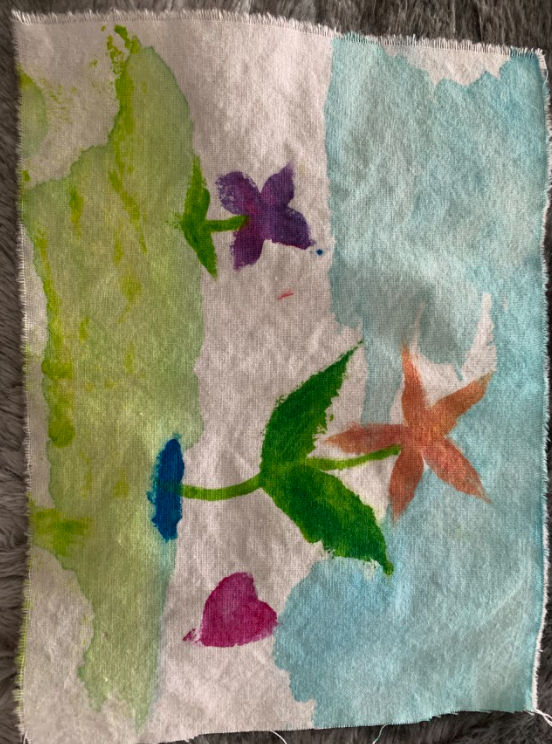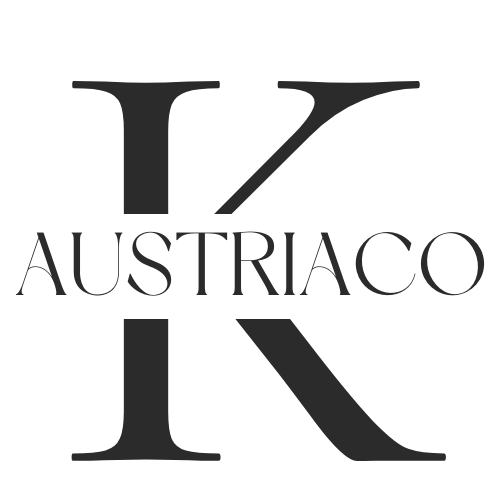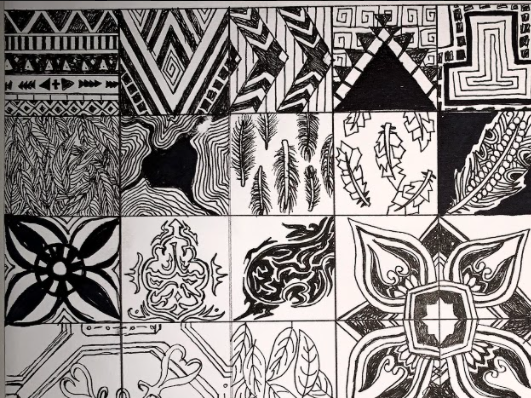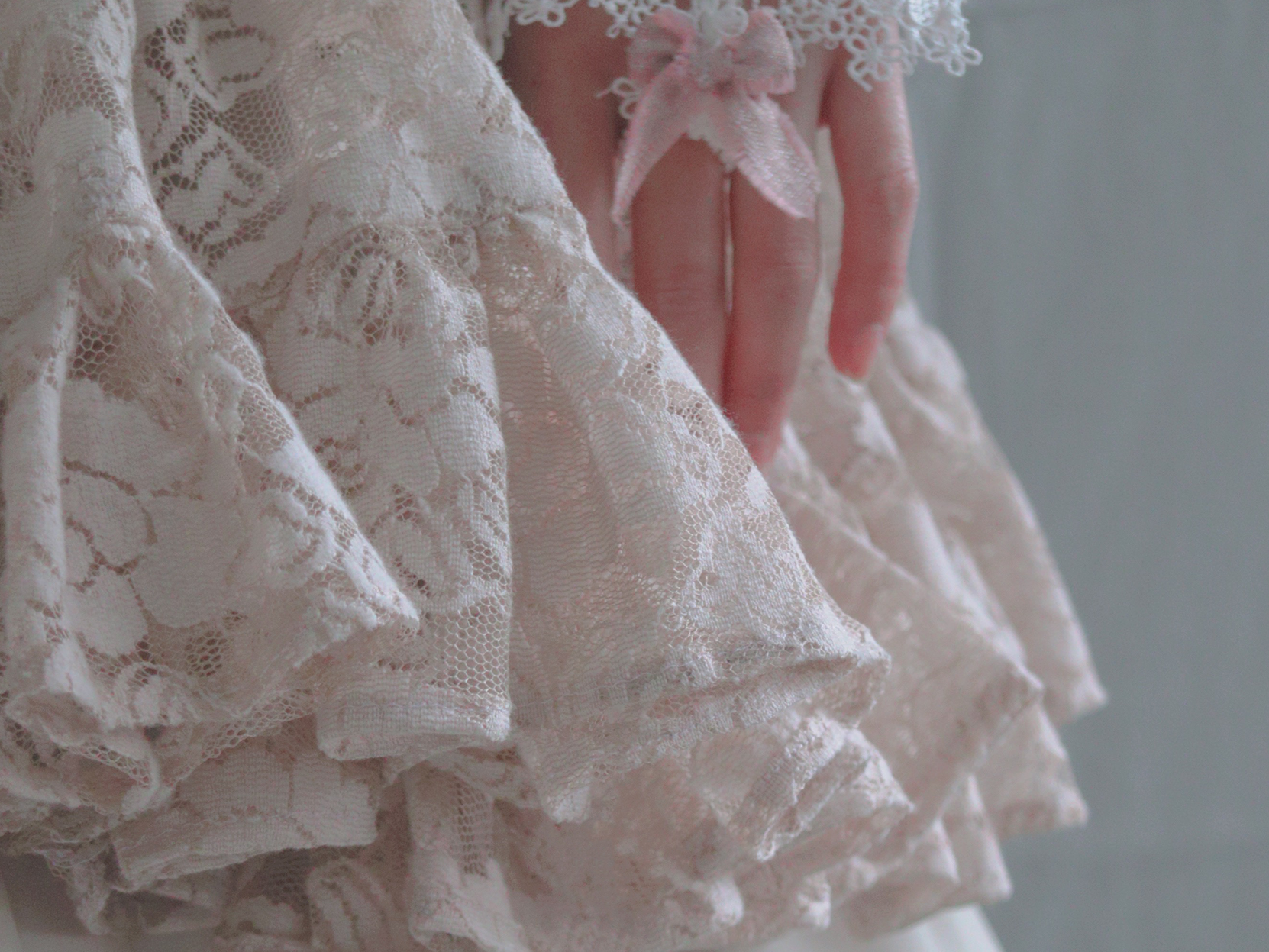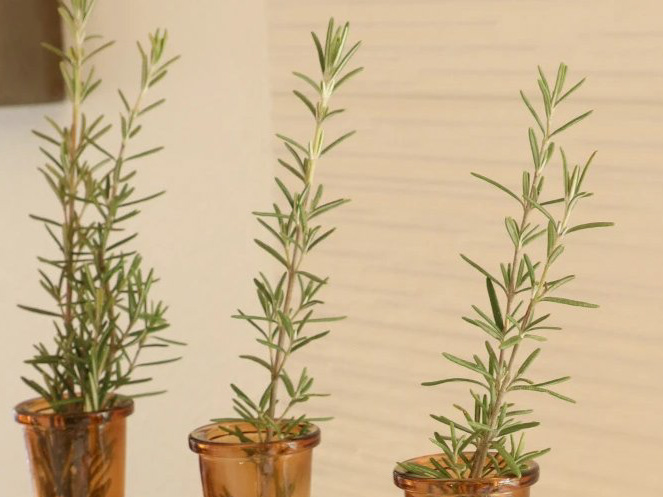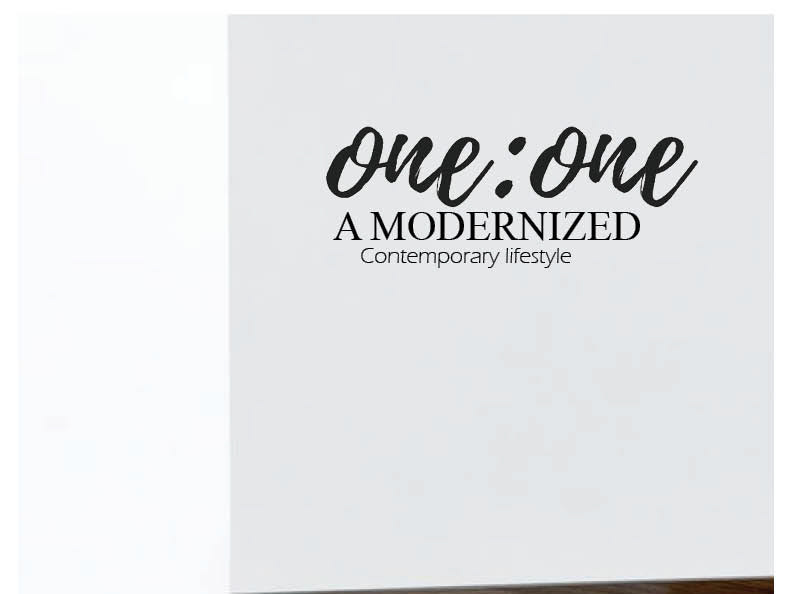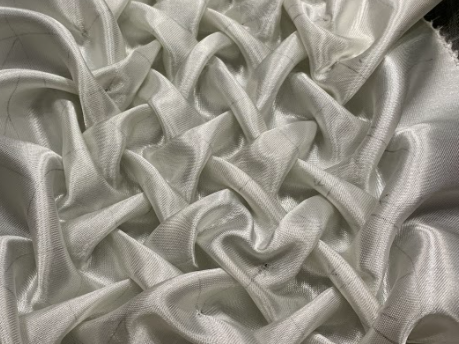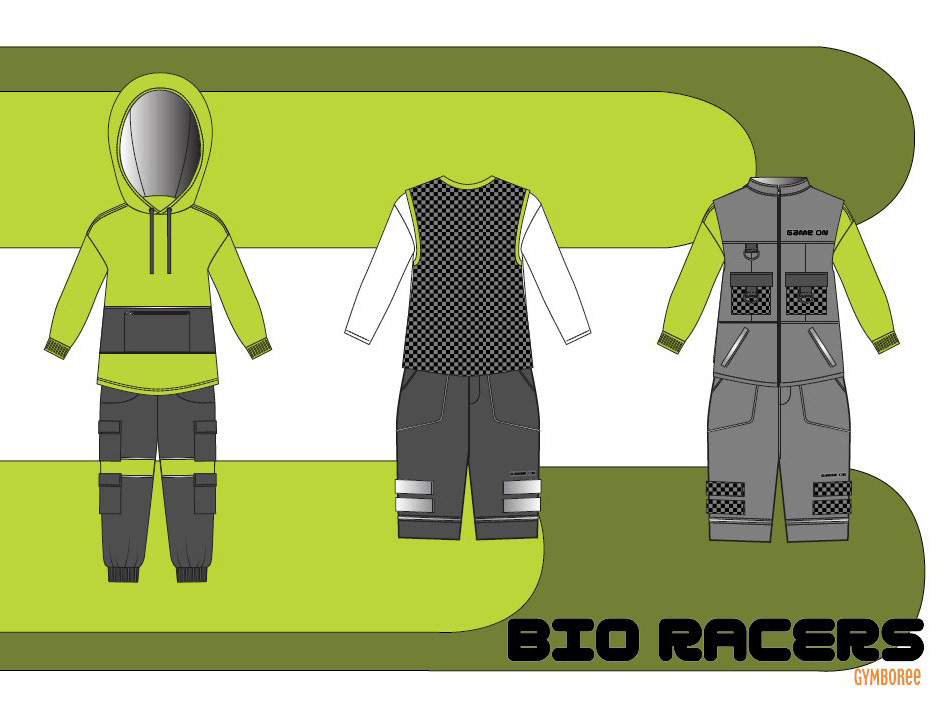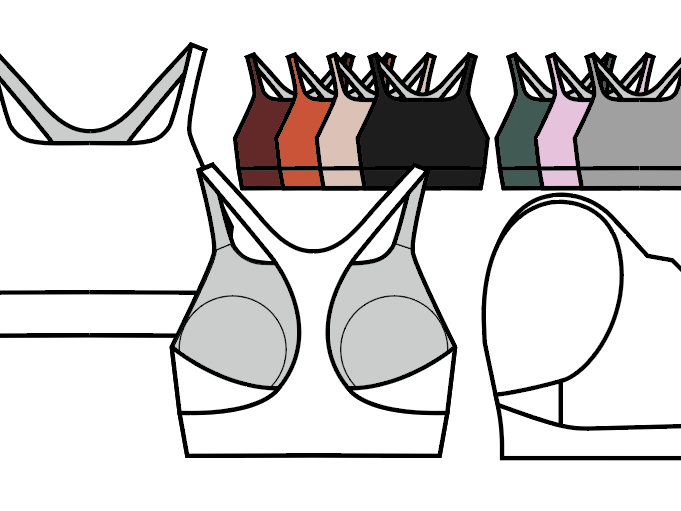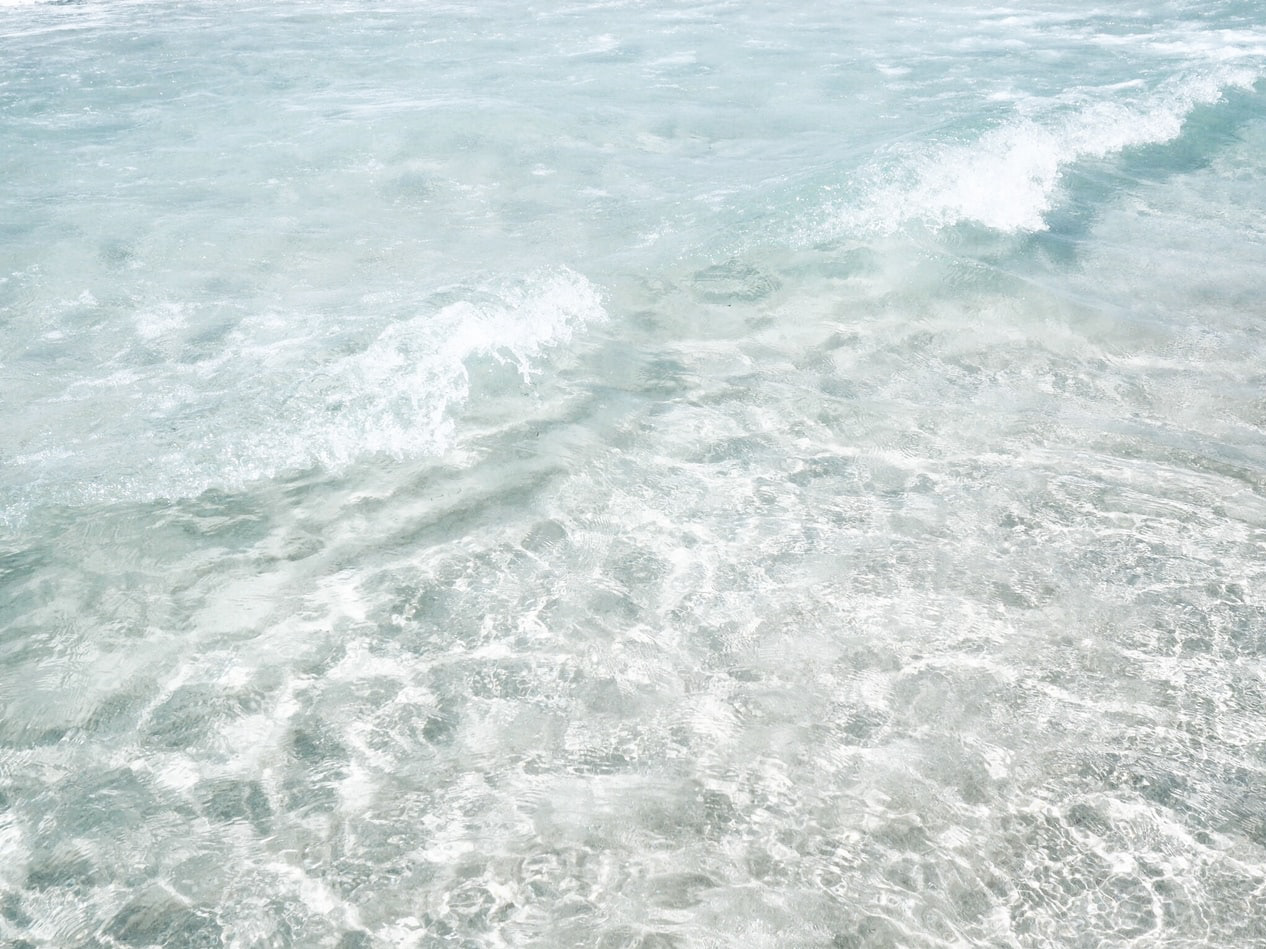Coloured Pigment Printing on Dyed Cloth
Used a triangle piece of block and rotated each way to create a herringbone pattern, different opacities, and many more patterns. With the triangle block it can create many more intricate patterns because of its shape and the pattern used on it. The owl print creates a simpler pattern.
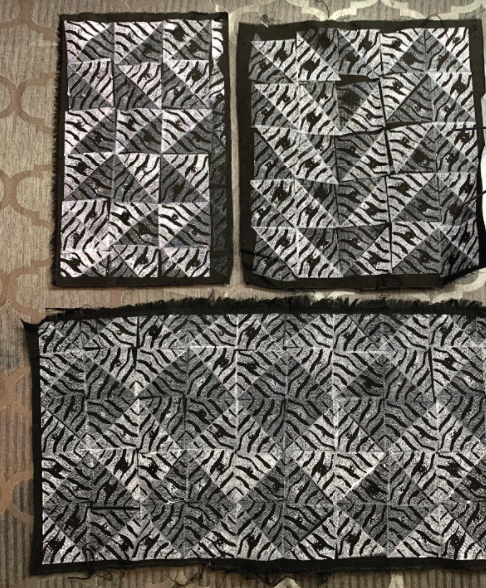
Process White. Full and Less saturated
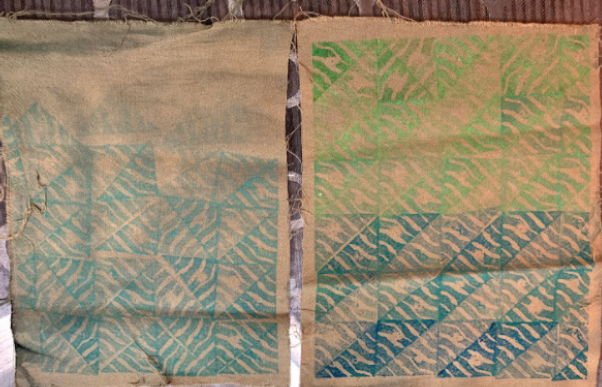
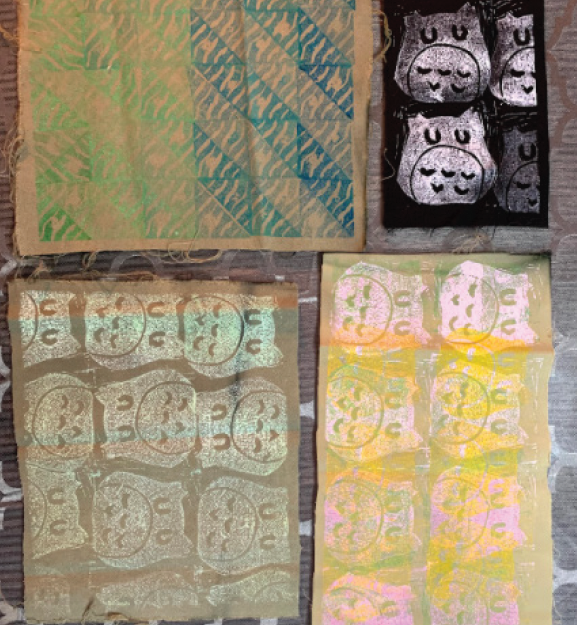
Procion MX Fiber Reactive Dye Hand Applied Method
For the effect to happen with the triangle block. I would dip the block in the pigment first to get a fairly good saturation on the fabric and the second stamp is the remaining pigment on the stamp so that it creates a less saturated look, which creates lots of more interesting patterns.
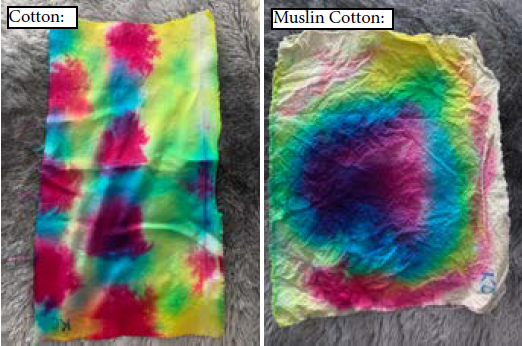
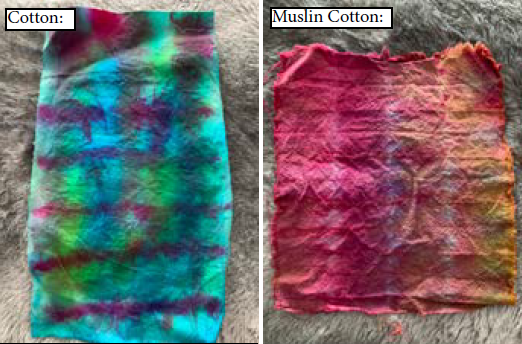
Post-Mordanting in Copper
Hypothesis
Post-mordanting with metals will often sadden the color of a fabric. Using Turmeric dyed pieces and see if the yellow color will shift to a greenish color due to the copper mordant. Some even will either turn brown or green, most common will be green.
1st Attempt
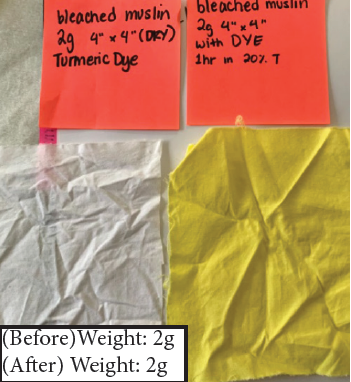
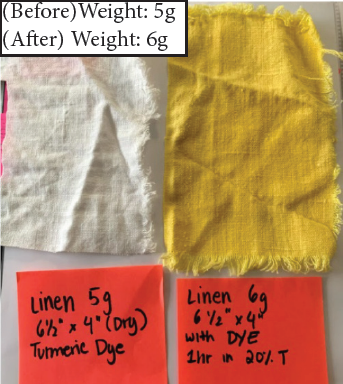
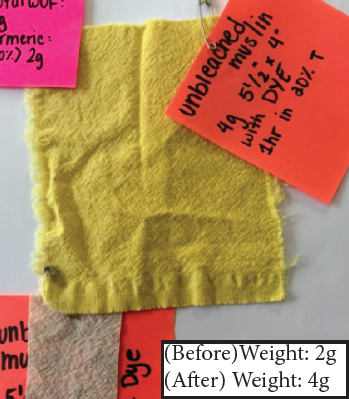
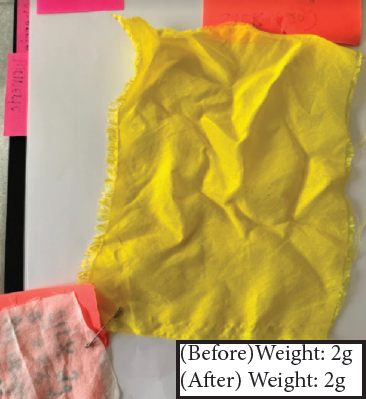
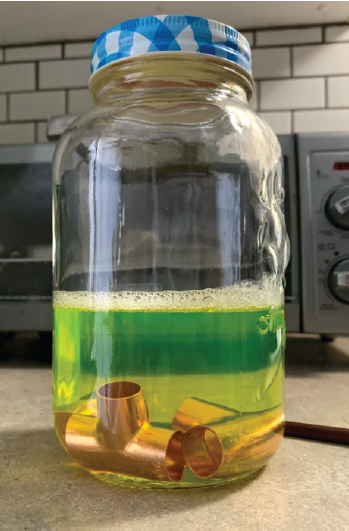
Letting Copper soak in ammonia for 15mins.
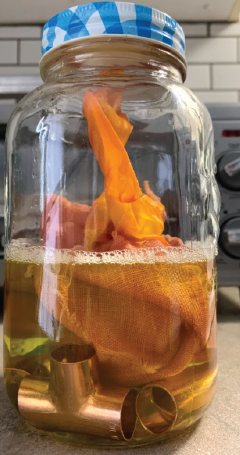
First 15mins. Orange/Red
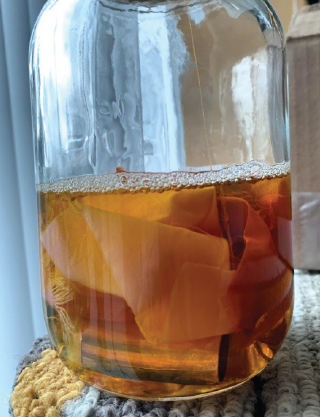
30min. mark Orange/Red

8hour mark
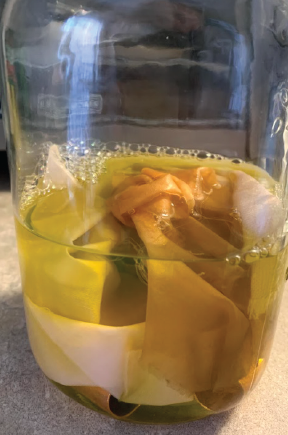
24hour mark. Colors have dissolved completely.
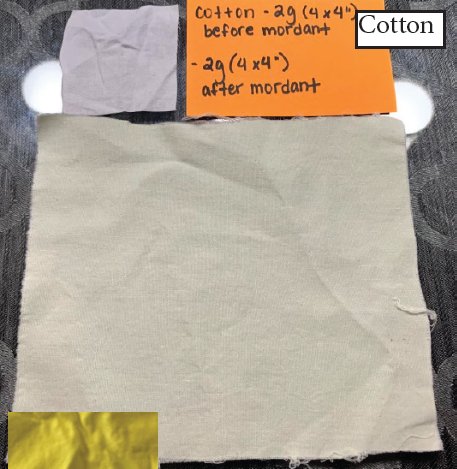
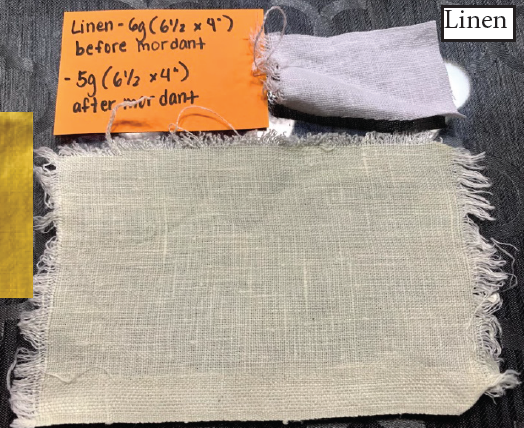
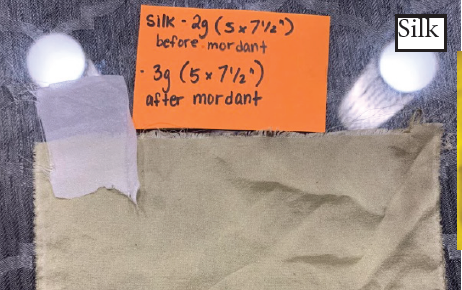
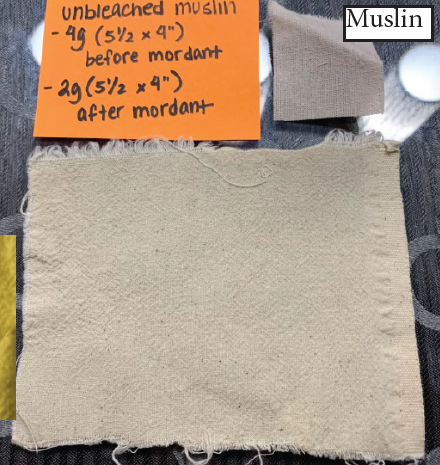
2nd Attempt
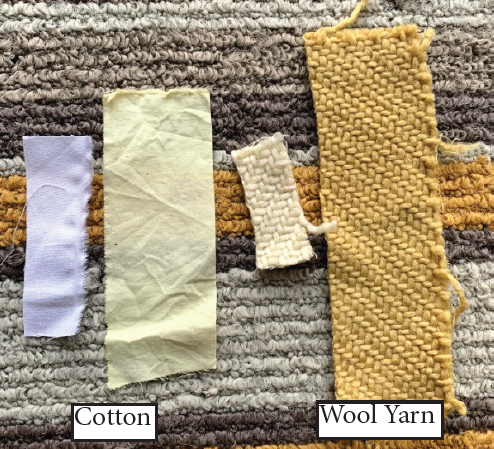
Fibers we started off with
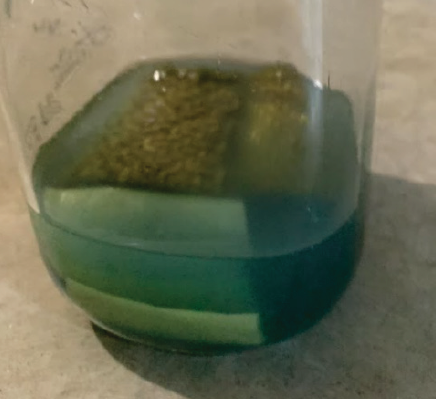
First 5mins. of being dipped in.
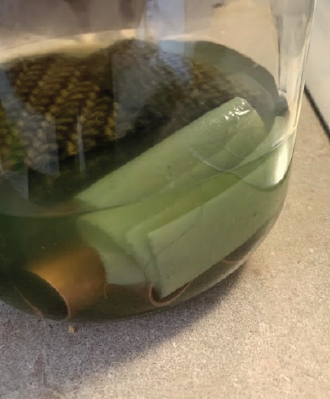
30min. mark
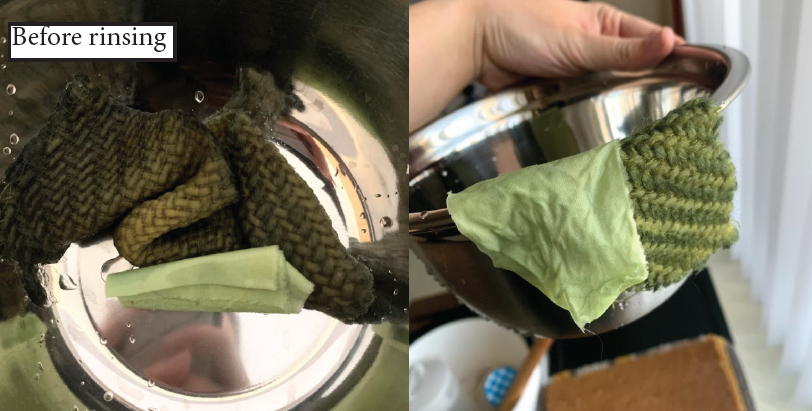
At the 30min. mark the fibers had already turned green, which were the results I was looking for! The wool yarn did not get an unevenness of color possibly because it didn’t have enough water for it to flow freely.
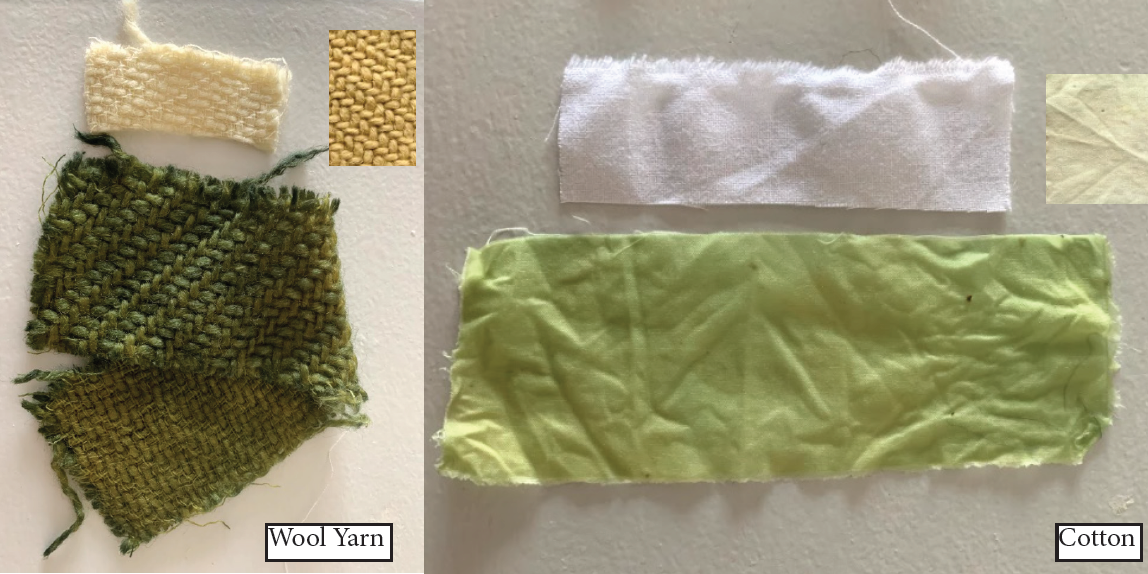
Final Results
Conclusion
I had found out that Turmeric is not really a strong dye that holds on to fibers, so I tried using chamomile dyed pieces which worked out a lot better. I researched a better way to use copper mordants, and some people had left the jar of copper out for 3 days with ammonia mixed into it, turning the water blue.
Procion MX Dye Precision Immersion
Fuchsia and Turquoise dye powder mixed together to create dark purple hue.

Before adding salt

After adding salt

After adding Soda Ash

30mins after adding Soda Ash with periodic stirring

Final Results
Fabric Pigments
Observations: It felt like painting with watercolor so I tried to create drawings like flowers and trying to add “shading” on each petal. I tried doing an eye as well with the Process Blue and Process Yellow pigments.
Lighter shade = More water
Darker shade = Less water
Darker shade = Less water

Process Blue
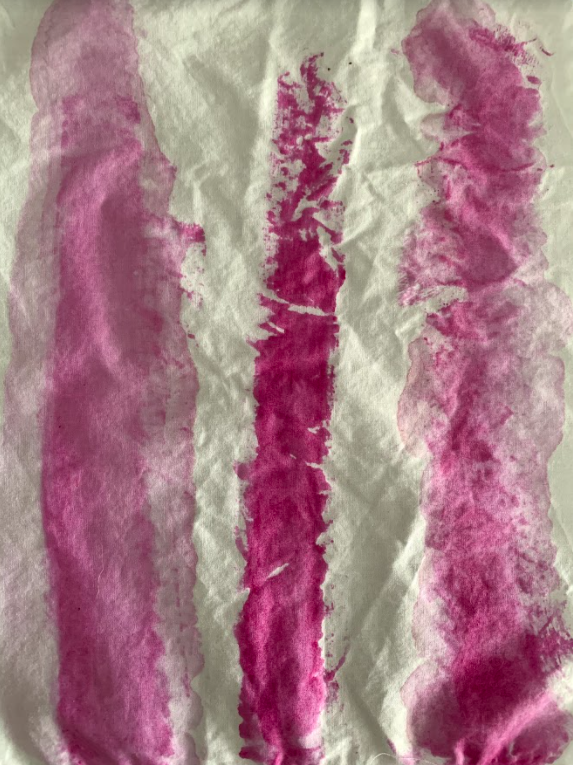
Process Magenta
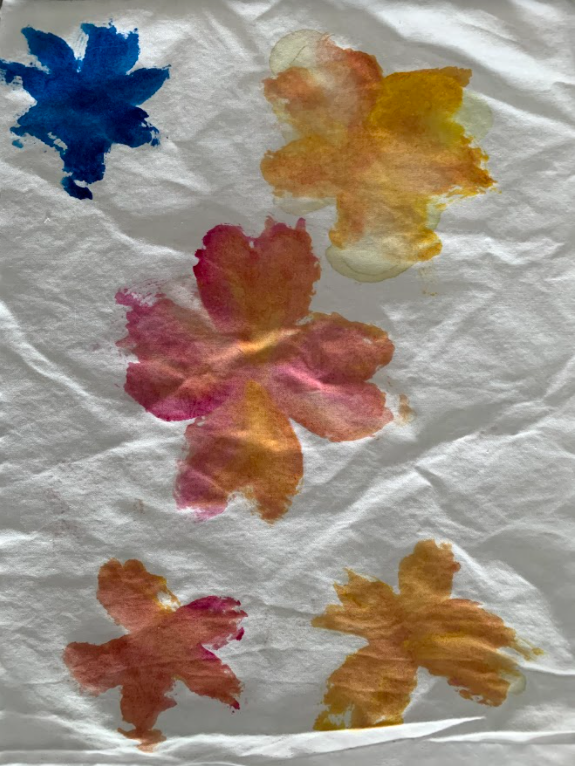
Process Yellow and Process Magenta
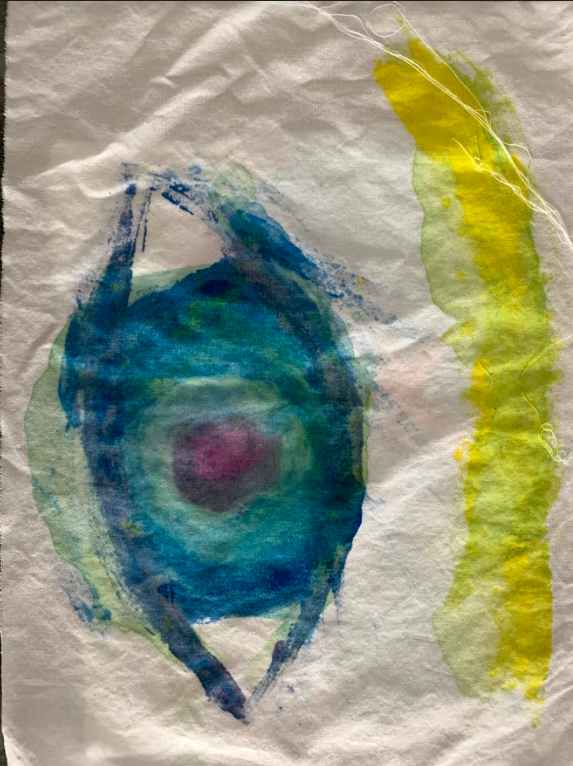
Process Blue and Yellow
